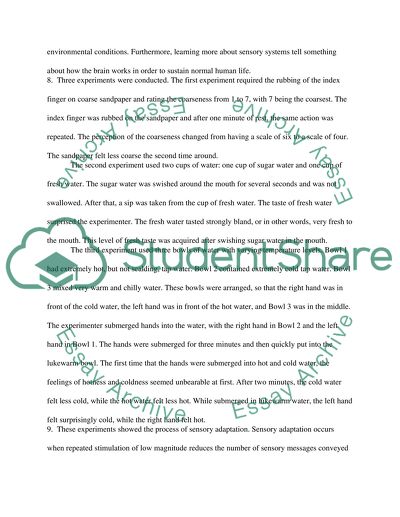Cite this document
(“The Concept of Adaptation Assignment Example | Topics and Well Written Essays - 1000 words”, n.d.)
The Concept of Adaptation Assignment Example | Topics and Well Written Essays - 1000 words. Retrieved from https://studentshare.org/psychology/1456461-the-concept-of-adaptation
The Concept of Adaptation Assignment Example | Topics and Well Written Essays - 1000 words. Retrieved from https://studentshare.org/psychology/1456461-the-concept-of-adaptation
(The Concept of Adaptation Assignment Example | Topics and Well Written Essays - 1000 Words)
The Concept of Adaptation Assignment Example | Topics and Well Written Essays - 1000 Words. https://studentshare.org/psychology/1456461-the-concept-of-adaptation.
The Concept of Adaptation Assignment Example | Topics and Well Written Essays - 1000 Words. https://studentshare.org/psychology/1456461-the-concept-of-adaptation.
“The Concept of Adaptation Assignment Example | Topics and Well Written Essays - 1000 Words”, n.d. https://studentshare.org/psychology/1456461-the-concept-of-adaptation.


